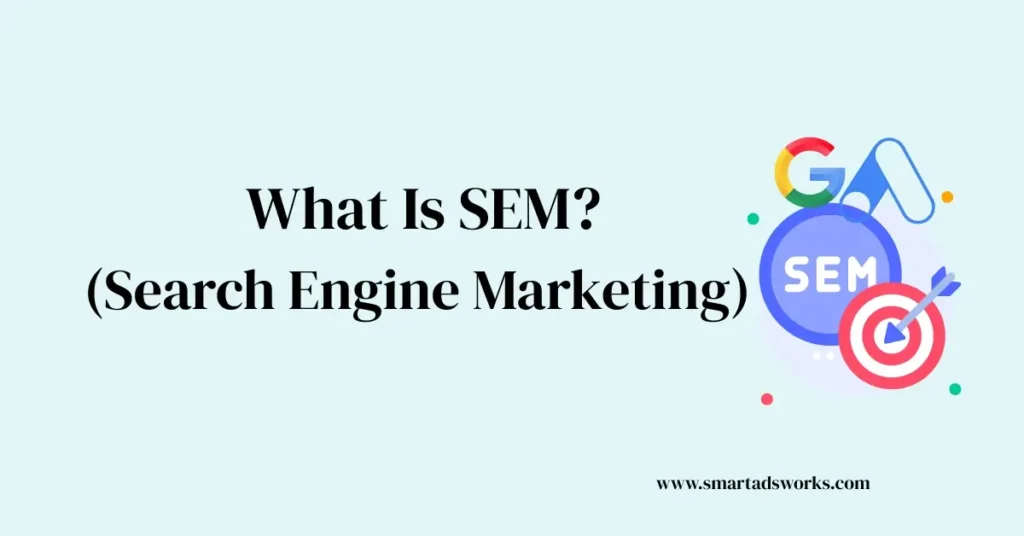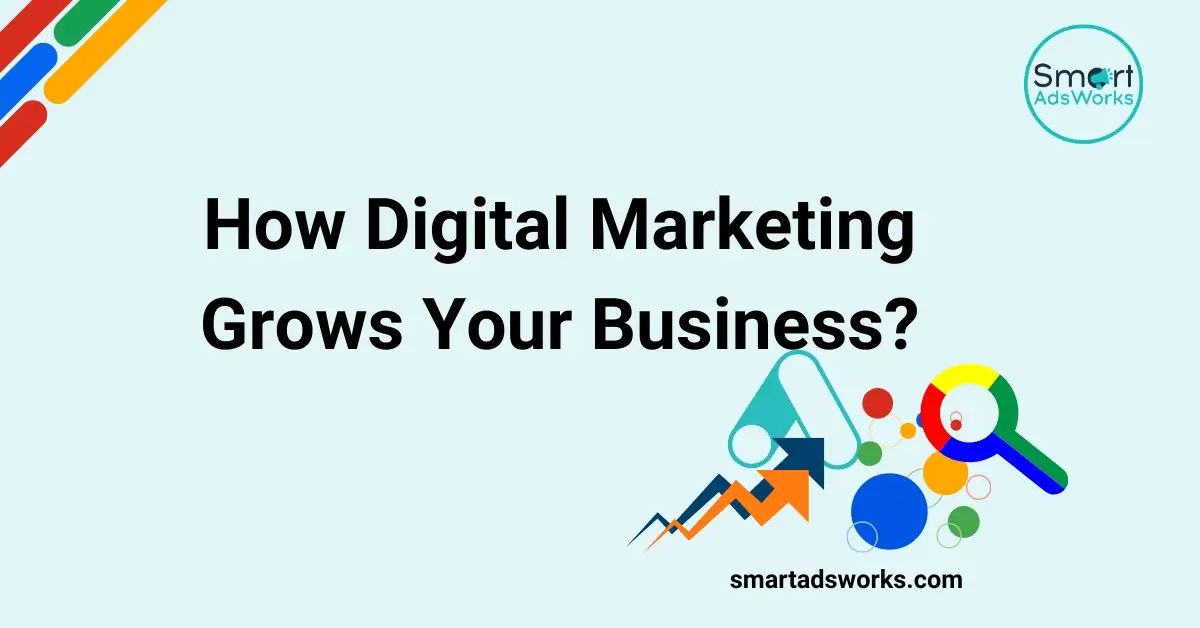Introduction
In today’s digital-first world, visibility is everything. As consumers increasingly turn to search engines like Google and Bing to research and purchase products or services, standing out in the search engine results pages (SERPs) becomes critical. That’s where Search Engine Marketing (SEM) comes in.
SEM is a powerful online marketing strategy that uses paid advertising to place your brand at the top of search results, drive high-intent traffic, and boost conversions. Whether you’re new to digital marketing or looking to level up your paid strategies, this guide will walk you through the essentials of SEM, how it works, and how it differs from SEO.
What Is Search Engine Marketing (SEM)?
Search Engine Marketing (SEM) is a method of increasing a website’s visibility on search engines like Google and Bing through paid advertisements. Often referred to as pay-per-click (PPC) advertising, SEM ensures your ads appear at the top or bottom of SERPs when users search specific keywords.
Unlike SEO (Search Engine Optimization), which relies on organic ranking, SEM offers immediate visibility by paying for strategic ad placement.
How SEM Works
SEM operates on a pay-per-click (PPC) model, meaning you only pay when someone clicks on your ad. Here’s a quick breakdown of how it works:
- Keyword Bidding: You bid on keywords that potential customers use to search for your product or service.
- Ad Auction: Every search triggers an auction based on your maximum bid and Quality Score.
- Ad Placement: Search engines determine your ad position using metrics like relevance, user experience, and bidding strategy.
- User Clicks: You’re charged only when someone clicks on your ad.
Types of SEM Campaigns
There are several types of SEM campaigns, each designed to reach users at various stages of the buyer’s journey:
Search Ads
Text-based ads that appear directly in SERPs.
Display Ads
Image-based ads shown on websites and apps in the Google Display Network.
Shopping Ads
Show product images, prices, and links—ideal for eCommerce stores.
Video Ads
Run before or during YouTube videos and boost brand visibility.
Local Service Ads
Target local audiences with your business info at the top of local searches.
App Promotion Ads
Promote mobile apps across Google’s platforms.
Keyword Research and Campaign Structure
Effective SEM starts with in-depth keyword research. Use tools like Google Keyword Planner, SEMrush, and Ahrefs to identify high-volume, high-intent keywords.
Ad account structure matters:
- Group ads into themes (ad groups)
- Target relevant keywords per ad group
- Customize landing pages for each campaign
A well-structured account boosts performance, improves ad relevance, and lowers your Cost-Per-Click (CPC).
Ad Copy and Landing Page Experience
- Write clear, compelling ad copy that matches search intent.
- Include strong calls-to-action (CTAs) like “Shop Now” or “Book Today.”
- Your landing page should align with the ad and offer a fast, mobile-friendly, conversion-optimized experience.
Quality Score and Ad Relevance
Quality Score (rated 1-10) is Google’s way of scoring how relevant and useful your ads and landing pages are.
Higher scores = lower CPCs and better ad positions.
To improve your Quality Score:
- Use relevant keywords
- Match ads to user intent
- Optimize your landing page UX
Why Is SEM Important?
Here’s why SEM is a game-changer for digital marketing:
Immediate Results – Start seeing traffic the moment your campaign launches
Precise Targeting – Reach the right audience by location, device, language, and behavior
Performance Tracking – Get real-time insights on impressions, clicks, and conversions Budget Control – Set daily and maximum CPC limits
Complementary to SEO – Great for short-term wins while SEO builds long-term visibility
How to Measure SEM Success?
Track the performance of your campaigns with key metrics like:
- Impressions: How often your ad is seen
- Clicks: Total user clicks on your ad
- CTR (Click-Through Rate): Clicks ÷ Impressions
- CPC (Cost Per Click): What you pay per click
- Conversions: Completed goals (form fills, purchases)
- Cost Per Conversion: Cost ÷ Conversions
Use tools like Google Ads, Google Analytics, and Google Trends for data-rich insights.
SEM vs. SEO – What’s the Difference?
| Feature | SEO | SEM |
| Cost | Free traffic (long-term effort) | Paid traffic (immediate results) |
| Placement | Organic listings | Ads at top/bottom of SERPs |
| Time to Results | Weeks to months | Instant |
| Control | Influenced by Google’s algorithm | Full control over spend & targeting |
| Longevity | Long-term value | Short-term visibility |
Use both! SEO builds trust and longevity, while SEM drives instant results.
Final Thoughts: Should You Invest in SEM?
Absolutely. If you want immediate visibility, high conversion potential, and full control over your digital campaigns, SEM is your go-to strategy.
Whether you’re launching a new product, promoting a seasonal offer, or competing in a crowded niche, SEM puts your brand in front of the right eyes at the right time.



